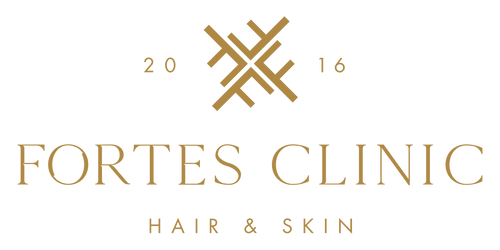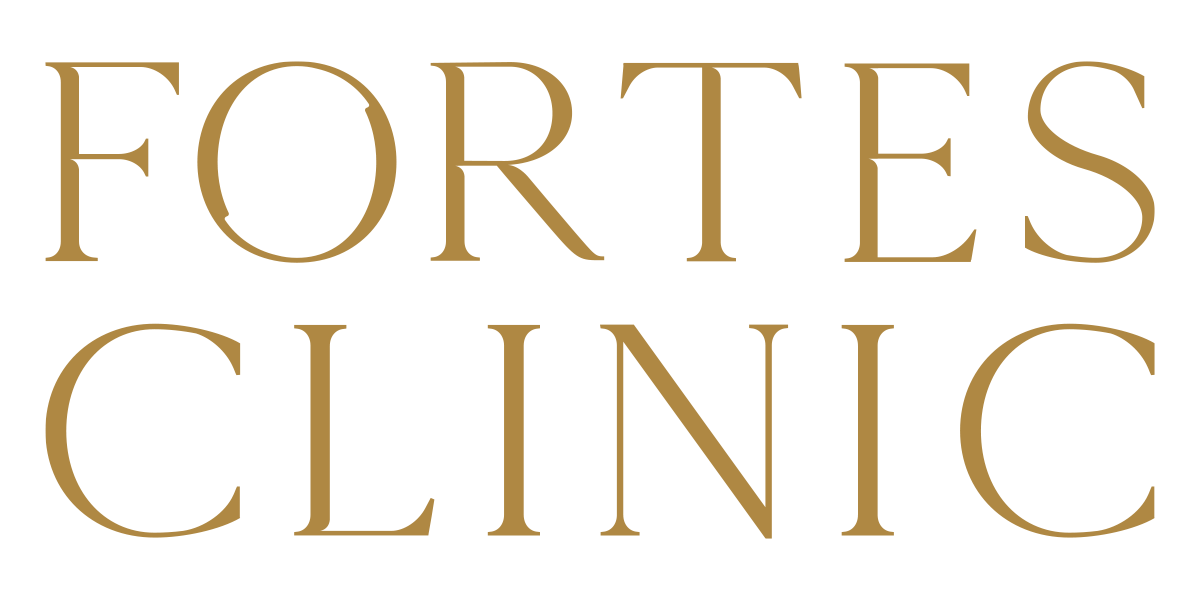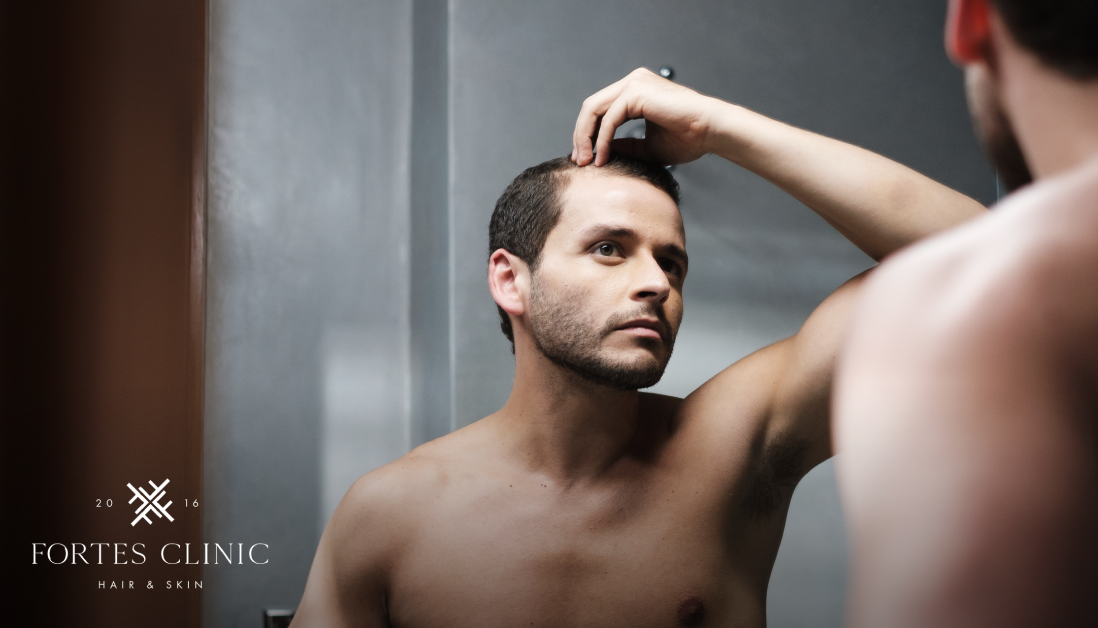Hair loss, scientifically known as alopecia, is a common condition that affects millions of people worldwide, causing them to seek a solution to their receding hairlines and thinning crowns. The quest for a baldness cure has intrigued both scientists and individuals alike, prompting the question: Is there truly a remedy for baldness? In this article, we delve into the science, treatments, emerging technologies, and emotional aspects surrounding baldness. Join us on this journey to uncover the truth about hair loss and the potential solutions that lie on the horizon.
Introduction
Hair has always held a significant role in defining one’s appearance and self-confidence. The sight of hair strands accumulating on combs and shower drains can be distressing, leading to a quest for an effective baldness cure. From genetics to hormones, numerous factors contribute to hair loss. Moreover, societal standards of beauty have amplified the desire for a solution, igniting research and innovation in the field of hair restoration.
The Science Behind Baldness
Genetics and Hormones
At the heart of baldness lies the intricate interplay between genetics and hormones. Genetic predisposition plays a pivotal role in determining whether an individual will experience baldness. If your parents or grandparents struggled with thinning hair, chances are you might as well. Hormones, specifically dihydrotestosterone (DHT), are another key player. DHT, a derivative of testosterone, binds to hair follicles, causing them to shrink and produce finer hair. This process, called miniaturisation, ultimately leads to baldness.
Hair Growth Cycle
To understand baldness, one must first grasp the hair growth cycle. Hair goes through distinct phases: anagen (growth), catagen (transition), and telogen (resting). Disruptions in this cycle can result in hair thinning and loss. Baldness typically occurs when hair spends more time in the telogen phase than the anagen phase. Factors like stress, illness, and hormonal imbalances can derail the cycle, leading to increased shedding and decreased regrowth.
Common Baldness Treatments
Over-the-Counter Solutions
For those in the early stages of hair loss, over-the-counter solutions can offer a ray of hope. Topical minoxidil, available as a foam or liquid, is a well-known option. It’s believed to increase blood flow to the hair follicles and extend the anagen phase, promoting hair growth. Additionally, hair-thickening shampoos containing ingredients like biotin and keratin can create the illusion of fuller hair, boosting confidence.
Prescription Medications
When over-the-counter remedies fall short, prescription hair loss medications step in. Finasteride, sold as Propecia, targets DHT by inhibiting its production. This can slow down hair miniaturisation and, in some cases, lead to regrowth. However, its effects are not guaranteed, and long-term use is required to maintain results. Other prescription options, such as dutasteride, offer similar mechanisms of action but come with their own set of considerations.
Platelet-Rich Plasma (PRP) Therapy
A rising star in the realm of baldness treatments is platelet-rich plasma (PRP) therapy. This procedure involves drawing the patient’s blood, processing it to concentrate platelets, and then injecting the platelet-rich solution into the scalp. Rich in growth factors, PRP aims to stimulate hair follicles and promote regrowth. While research is ongoing, some studies suggest its potential effectiveness in certain cases.
Advanced Medical Procedures
Hair Transplantation
When non-surgical methods fall short, hair transplantation emerges as a more robust option. Follicular unit transplantation (FUT) involves removing a strip of scalp from the back of the head and dissecting it into individual follicular units for transplantation. Follicular unit extraction (FUE), on the other hand, involves harvesting follicles individually using a punch tool. Both methods aim to create a natural-looking hairline, but they differ in scarring, recovery time, and cost.
Low-Level Laser Therapy (LLLT)
Harnessing the power of lasers to stimulate hair growth might sound like science fiction, but low-level laser therapy (LLLT) is a reality. This non-invasive procedure involves using red light to energise hair follicles and encourage regrowth. While the exact mechanisms are not fully understood, some studies suggest that LLLT increases blood flow to the scalp and activates cellular activity. Its convenience and minimal side effects make it an intriguing choice for many.
Emerging Technologies and Research
Gene Therapy for Hair Growth
In the realm of emerging technologies, gene therapy stands out as a beacon of hope. The revolutionary CRISPR-Cas9 gene-editing tool has unlocked the potential to modify genes associated with baldness. By altering the genetic blueprint, scientists aim to prevent the production of DHT or enhance the sensitivity of hair follicles to growth signals. However, ethical concerns and the need for further research remain prominent challenges.
Stem Cell Treatments
Stem cells, known for their regenerative prowess, have also entered the race for a baldness cure. Scientists are exploring ways to harness the regenerative capabilities of stem cells to regrow hair follicles. This approach involves injecting stem cells into the scalp, where they can potentially promote hair growth by regenerating damaged or inactive follicles. While early studies show promise, more comprehensive research is necessary to determine its long-term viability.
Lifestyle and Dietary Factors
Nutrition’s Impact on Hair Health
The old adage “you are what you eat” holds true for your hair as well. Nutritional deficiencies can contribute to hair loss. Key nutrients like biotin, vitamins A and D, and iron play crucial roles in maintaining healthy hair follicles. Incorporating a well-balanced diet rich in these nutrients can help promote hair growth and overall hair health.
Stress and Hair Loss
In our fast-paced world, stress has become a constant companion. Chronic stress can wreak havoc on our bodies, and hair loss is no exception. The connection between stress and baldness is complex, involving hormonal imbalances and disruptions to the hair growth cycle. Managing stress through relaxation techniques, exercise, and mindfulness can positively impact hair health.
The Psychological Aspect of Baldness
Society’s Perception of Baldness
Beyond the physical aspects, the emotional toll of baldness is undeniable. Society’s standards of beauty often link a full head of hair to attractiveness and youth. As a result, balding individuals might experience lower self-esteem, anxiety, and even depression. Challenging these societal norms is a crucial step in redefining beauty standards.
Coping Strategies
Coping with baldness involves embracing self-acceptance and building confidence. Rocking a new look with a buzz cut or fully shaved head can be liberating. Seeking support from loved ones and considering professional counselling can also aid in navigating the emotional journey of hair loss. Remember, confidence shines brighter than any head of hair.
Practical Tips for Dealing with Baldness
Styling and Grooming Options
Embracing baldness doesn’t mean sacrificing style. Experimenting with different haircuts, facial hair, and accessories can create a polished and confident look. Additionally, proper skincare for the scalp is essential to maintain its health and appearance.
Camouflage Techniques
For those who prefer the appearance of a fuller head of hair, camouflage techniques come to the rescue. Scalp micropigmentation (SMP) involves tattooing tiny dots on the scalp to replicate the look of hair follicles. Makeup products and hair fibres can also provide temporary coverage, giving the illusion of thicker hair.
The Future Landscape of Baldness Treatment
Personalised Medicine
Advancements in science are paving the way for personalised medicine in the realm of baldness treatment. By analysing an individual’s genetic makeup, researchers can tailor treatments to address specific genetic factors contributing to hair loss. This precision approach holds the promise of more effective and targeted solutions.
Continued Research and Discoveries
Collaboration between scientists, medical professionals, and the pharmaceutical industry continues to drive baldness research forward. With every new discovery, we move closer to a potential cure. The ongoing efforts to decode the complexities of hair loss give hope to those who yearn for a permanent solution.



